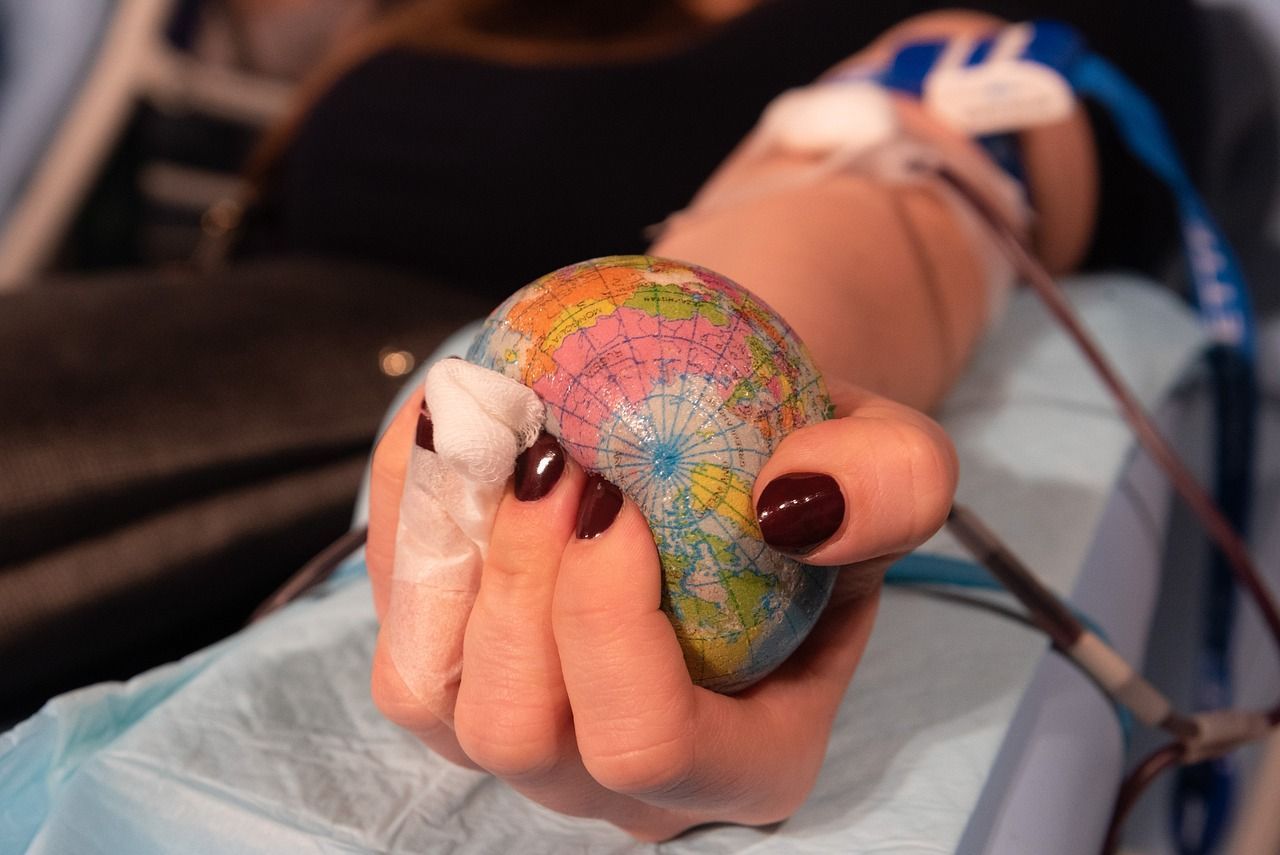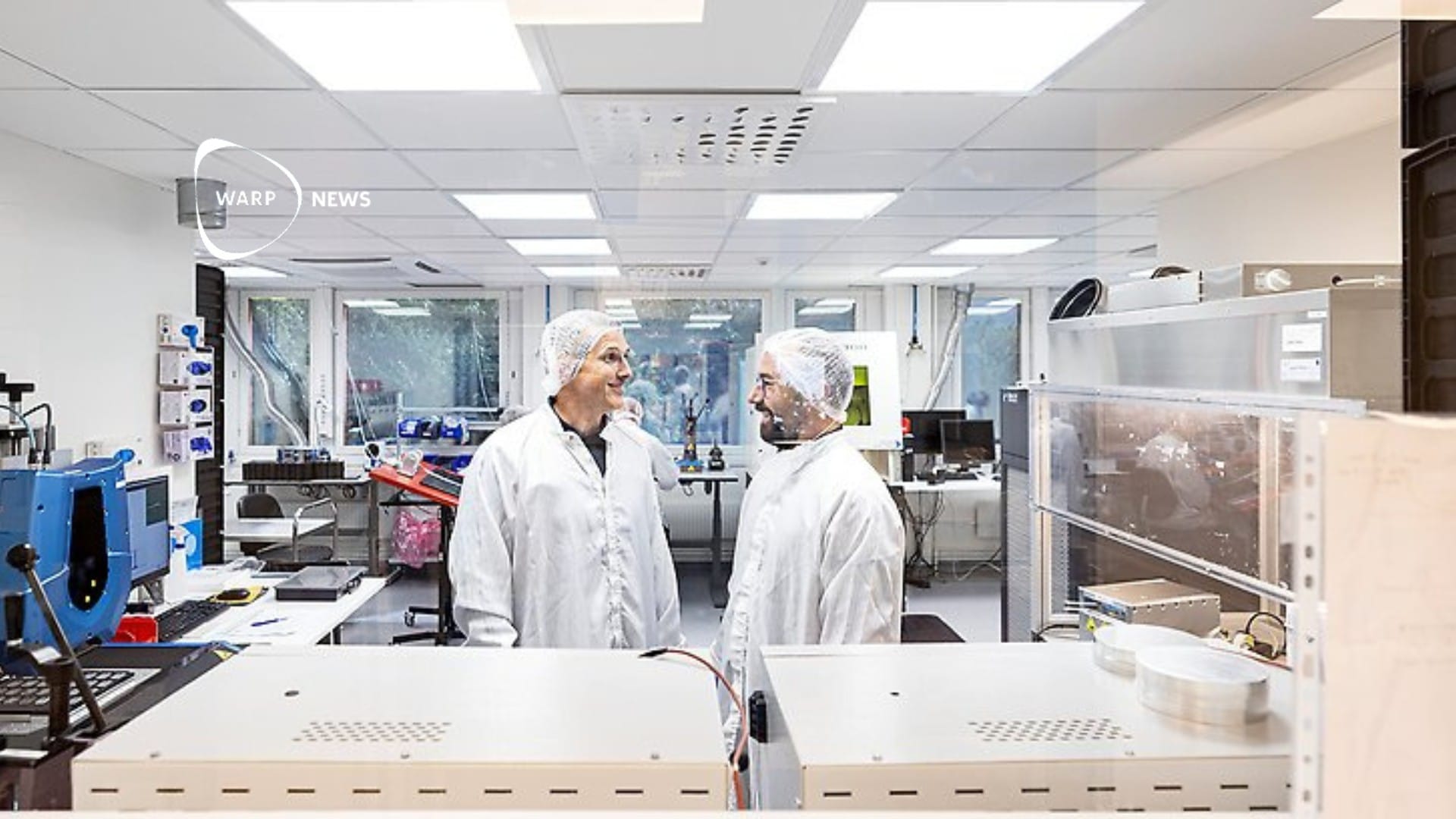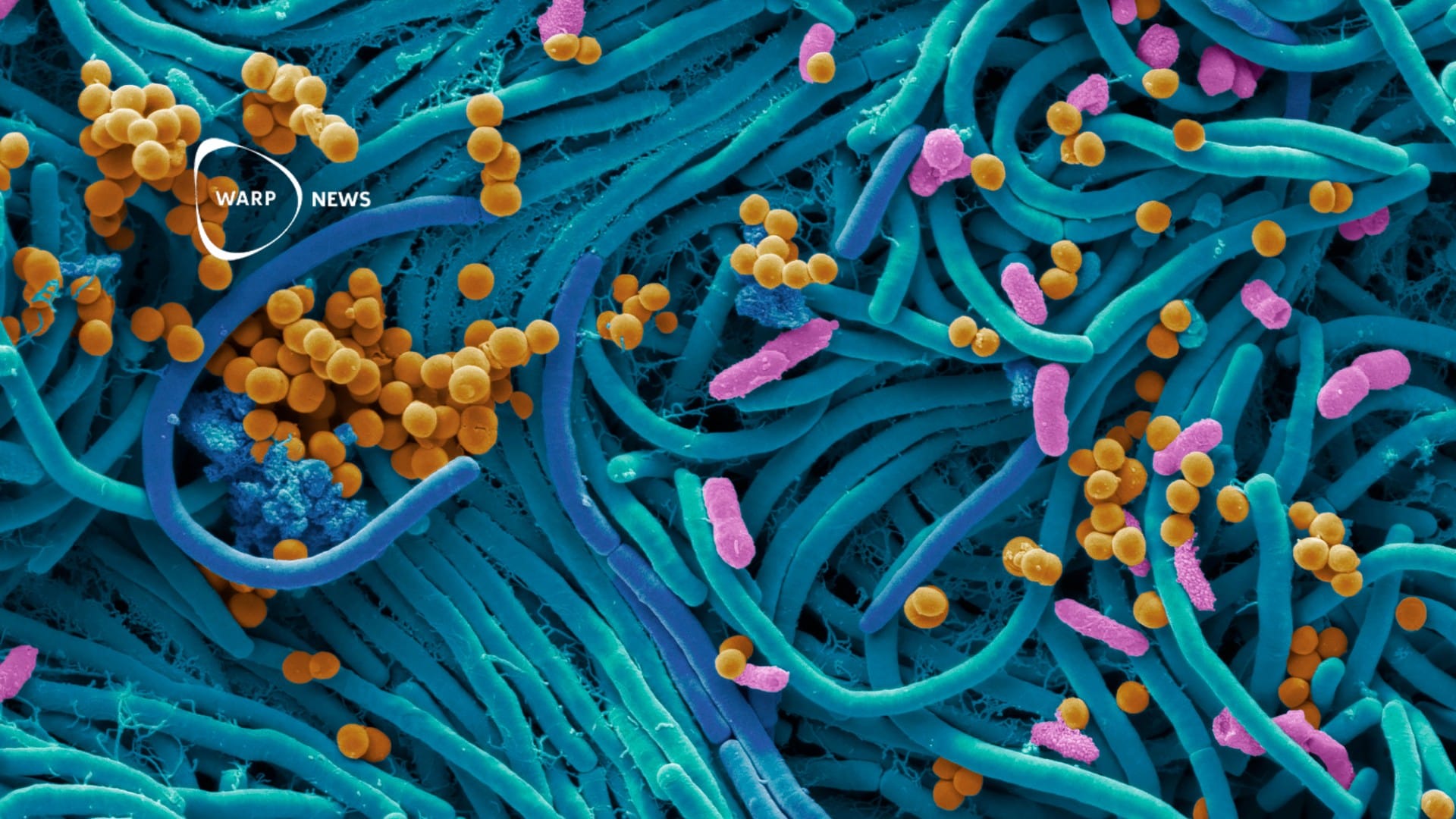
🩸 More people may receive dialysis at home
A breakthrough in the understanding of how glucose is transported between cells can mean that many more people can receive dialysis directly at home, thus avoiding going to hospital for treatment.
Share this story!
Around 4,000 people in Sweden have such severe problems with their kidneys that they need dialysis to clean the blood. For many, this means constant trips to the hospital to undergo blood dialysis. But there are also those who can take care of the dialysis themselves at home with so-called bag dialysis.
It works so that the patient's blood passes through a bag, which sits on the stomach, filled with dialysis fluid. The liquid contains a special composition of salts and glucose that absorbs substances in the blood that the body does not need.
"In order to extract fluid from the blood, you need to create osmosis, a type of water transport, which takes place by adding a high concentration of glucose to the dialysis fluid, which can thus absorb water from the blood," says Carl Öberg, researcher in renal medicine at Lund University university, in a press release.
A problem with bag dialysis is that the patient absorbs up to 20 percent of the glucose, which means that water removal becomes less effective. But now Carl Öberg and his research group have made a breakthrough.
They have succeeded in showing that the glucose is not only transported between the cells but also taken up in the cells' glucose channels. By blocking these channels with a substance that comes from apple bark, phloretin, it is possible to reduce glucose absorption by 30 percent and thus reduce water removal by as much as 50 percent.
"The notion that glucose is transported between cells has previously been a paradigm. No one could have believed that it could be any other way. With our discovery, everything changes," says Carl Öberg.
This means that many more could receive treatment via bag dialysis. Something that would both make it easier for patients and lower costs for society.
"The treatment is not as expensive as blood dialysis, which costs over half a million SEK per patient per year. With the same budget, you can therefore treat many more patients," says Carl Öberg.
So far, the method has not been tested clinically, but the researchers will now go ahead and test this on humans.
By becoming a premium supporter, you help in the creation and sharing of fact-based optimistic news all over the world.


